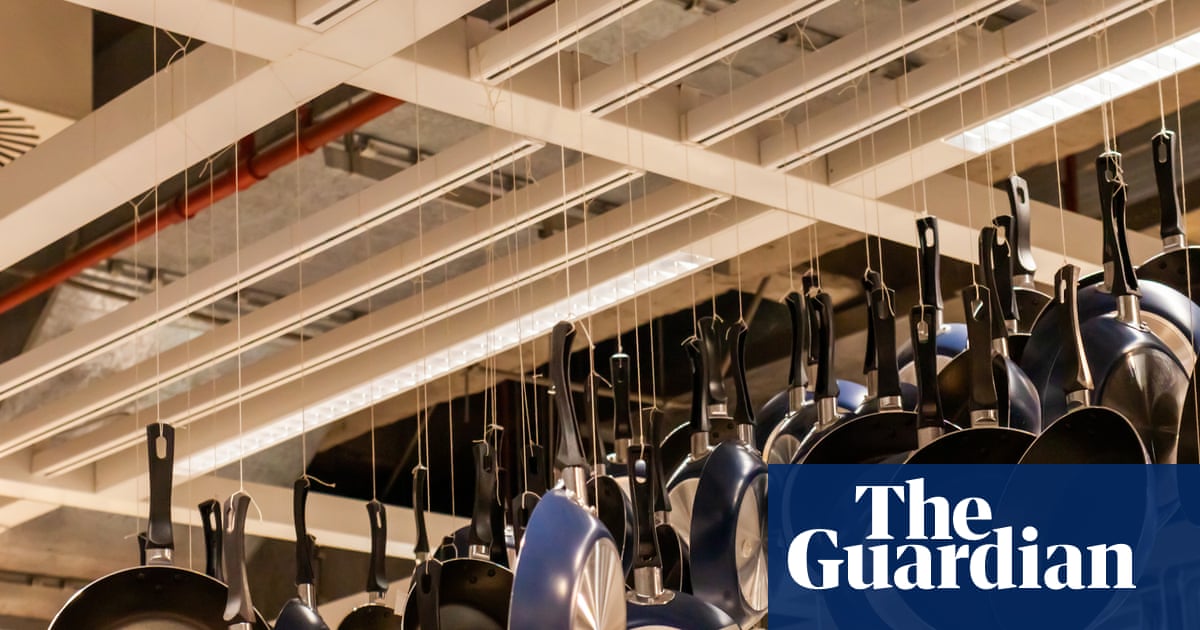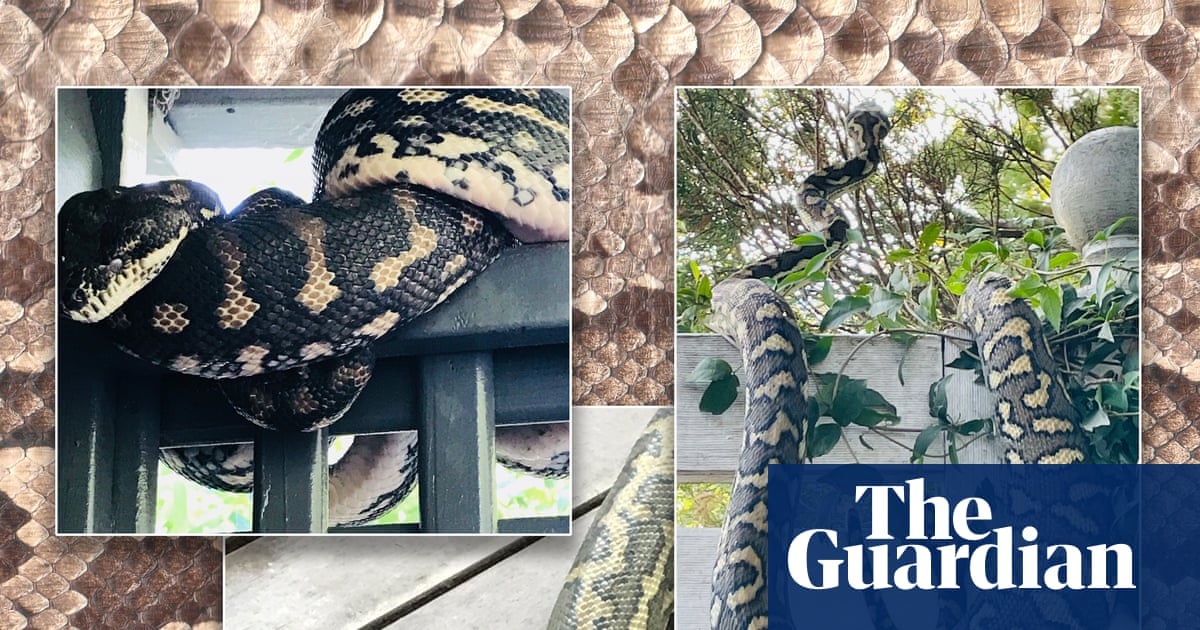There is a photograph of a very young me wearing a homemade A-line denim dress with a peace sign boldly embroidered on the front. Mum made me the dress for an anti-nuclear rally sometime in the mid-1970s. I don’t remember wearing it that day, or being carried on my dad’s shoulders as we marched with thousands of protesters, but I do recall wearing many of the other clothes Mum made me as a child.
There was a lemon floor-length cotton number that she pintucked by hand for my role as the narrator in the school play that would swish around my ankles as I walked across the stage. And a white cropped top that she splattered with neon paint, designed to show up under the fluorescent lights of the Blue Light disco when I was in my Wham phase and trying to attract a boy I liked from school. But my favourite was the spotted taffeta bubble skirt of my dreams that I wore to the high school formal, inspired by Molly Ringwald in Pretty in Pink.
Mum made most of my clothes until I hit high school and begged relentlessly for a pair of shop-bought skinny jeans, because I was desperate to look more like my peers. She did buy me the jeans, but she also kept sewing, filling my wardrobe with patchwork skirts, home-knitted vests and a dark-green corduroy coat that I would kill for now.
I was always impatient when she made me try things on. I’d stand on a kitchen chair, and she’d have a mouthful of pins, and I’d squirm and wriggle and complain, and if one of the pins jabbed my skin then I’d leap down off the chair in protest – even though she was usually sewing something that I’d asked for.
She learned to sew and knit out of necessity, out of poverty. If she wanted a new dress for the local dance then she had to make one, and often it involved cutting up something else because buying new fabric was expensive. She even made her off-white raw silk wedding dress, complete with a hidden zip down the back. I’ve kept it, even though it is far smaller than I will ever be, because I like imagining her hands working the fabric.
From the outside the dress looks polished, as if it has been plucked from the rack of a shop, but if you turn it inside out then you can see that none of the edges are properly finished and the hem is roughly handsewn. Perhaps she knew she’d only be wearing it for a day, so she didn’t bother spending too much time on all the details. And, somehow, this makes the dress even more special.
There were many attempts to teach me to sew when I was a teenager, but sadly I showed no interest. Instead, I took a job at a local deli so I could start saving for branded things, like a pale pink padded Esprit jacket that cost more than a month’s wages. I wore it until the elbows frayed and the zip jammed at the bottom and even mum’s skills couldn’t save it.
As a child, I didn’t understand mum’s commitment to making our clothes; I always believed it was a hangover from her upbringing. It was only later that I began to realise that it wasn’t only about saving money: it was also her way of crafting her own style, of creating things that were unique, like the multi-striped knitted jumpers my dad wore for over 40 years that made him look a little like Ernie from Sesame Street.
Mum stopped sewing as my brother and I grew. Occasionally I’d visit for a hem to be taken up or a sleeve to be repaired, but never for an outfit. Then, when I became pregnant with my first child, mum pulled out the knitting needles and got to work. She knitted so many jumpers in one winter that arthritis appeared in both her hands, so she’d stop for a while and move on to sewing quilted overalls that would protect my daughter’s knees as she learned to crawl.
Cleaning out my parent’s house recently, I found the bags of clothes that my children had worn when they were small. After mum died, I’d stored them under a bed in their house because I couldn’t fit them all in my apartment and I wasn’t ready to hand them on.
I was surprised to see that almost all of their clothes were made by my mother. There were dozens of woollen jumpers knitted in stripes, fairy dresses in different sizes with layers of pink tulle and velvet sleeves, padded coats with matching bags, and even blankets to wrap my children up when they were cold. All those hours of work.
And buried under the piles of clothes she had made them was the patchwork skirt she’d sewn me when I was 10. Liberty print squares she’d picked up somewhere cheap and sewn together in a mishmash of colours and patterns.
I held it up to my waist, wondering if there was some way that I could still wear it, and wishing I’d listened when she tried to teach me how to sew.

 3 months ago
105
3 months ago
105

















































